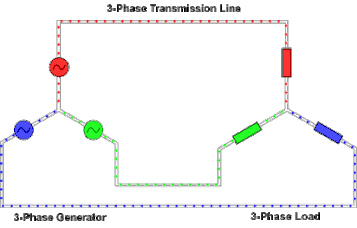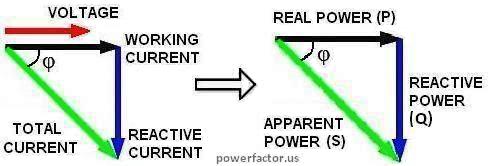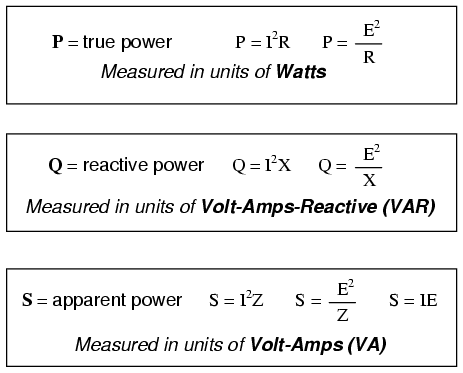Important Facts:
- The conductors connected to the three points of a three-phase source or load are called lines.
- The three components comprising a three-phase source or load are called phases.
- Line voltage is the voltage measured between any two lines in a three-phase circuit.
- Phase voltage is the voltage measured across a single component in a three-phase source or load.
- Line current is the current through any one line between a three-phase source and load.
- Phase current is the current through any one component comprising a three-phase source or load.
- In balanced “Y” circuits, line voltage is equal to phase voltage times the square root of 3, while line current is equal to phase current.
- Three-phase wye “Y” connection has three voltage sources connected to a common point.



Three-Phase Connections Involving Delta Sources or Loads

Watch This Video Now!
Reflection:
I have learned the different types of three phase connections and how they are produced by generators.



 is the phase angle between the voltage and current. The additional term is called the power factor
is the phase angle between the voltage and current. The additional term is called the power factor
















